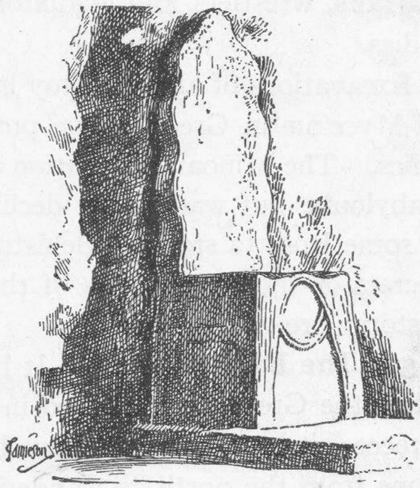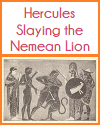| Throne of King Minos |
| www.studenthandouts.com > World History > Ancient Greece > Images of Ancient Greece |
| So-called "Throne of Minos" found at Cnossus in Crete. (King Minos, Minoan civilization, Knossos.) Click here to enlarge this image. King Minos was a legendary figure in ancient Greek mythology and history. He is primarily known for his association with the Minoan civilization, a Bronze Age civilization that existed on the island of Crete. Here are some key aspects of King Minos and his significance in Greek mythology. Minoan Civilization: King Minos is closely linked to the Minoan civilization, which thrived on the island of Crete from approximately 2700 to 1450 B.C.E. The Minoans were known for their advanced culture, including impressive architecture, artwork, and maritime trade. Palace at Knossos: Minos is traditionally associated with the Palace of Knossos, a magnificent complex on Crete that is considered the center of Minoan culture. The palace was a labyrinthine structure with interconnected rooms and corridors, which may have inspired the myth of the labyrinth.  The Minotaur and the Labyrinth: One of the most famous myths involving King Minos is the story of the Minotaur. According to the myth, Minos' wife, Pasiphae, gave birth to a half-man, half-bull creature known as the Minotaur. Minos ordered the construction of a labyrinth to contain the Minotaur, and the Athenian hero Theseus later entered the labyrinth to slay the creature.
The Minotaur and the Labyrinth: One of the most famous myths involving King Minos is the story of the Minotaur. According to the myth, Minos' wife, Pasiphae, gave birth to a half-man, half-bull creature known as the Minotaur. Minos ordered the construction of a labyrinth to contain the Minotaur, and the Athenian hero Theseus later entered the labyrinth to slay the creature. Mythical Rule: In Greek mythology, King Minos is often depicted as a powerful and just ruler. He was said to be the son of Zeus and Europa, and he was favored by the gods. The myth of Minos and his rule is intertwined with various other myths and stories from Greek mythology. Relationship with Daedalus: The famous craftsman and inventor Daedalus was associated with King Minos. Daedalus was credited with designing the labyrinth to house the Minotaur. He later built wings for himself and his son Icarus to escape from Crete. Astronomical Connection: Some interpretations suggest that the myth of King Minos and the labyrinth may have had an astronomical aspect, relating to the labyrinthine patterns of stars and celestial navigation. It is important to note that while King Minos is a prominent figure in Greek mythology, the line between mythology and history can be blurred. The Minoan civilization, which he is associated with, was a real historical culture, and the stories surrounding Minos and the Minotaur may have originated from historical events or practices. Regardless of the historical accuracy, King Minos remains a compelling and enduring figure in both Greek mythology and the study of ancient civilizations. |
 |
 |
 |
 |
 |
 |
|---|
| Ancient Greece Books and Films | Ancient Greece Outlines and PowerPoints |
| Ancient Greece Maps and Pictures | Ancient Greece Study Games |
| Ancient Greece Miscellany | Ancient Greece Worksheets |
| www.studenthandouts.com > World History > Ancient Greece > Images of Ancient Greece |






